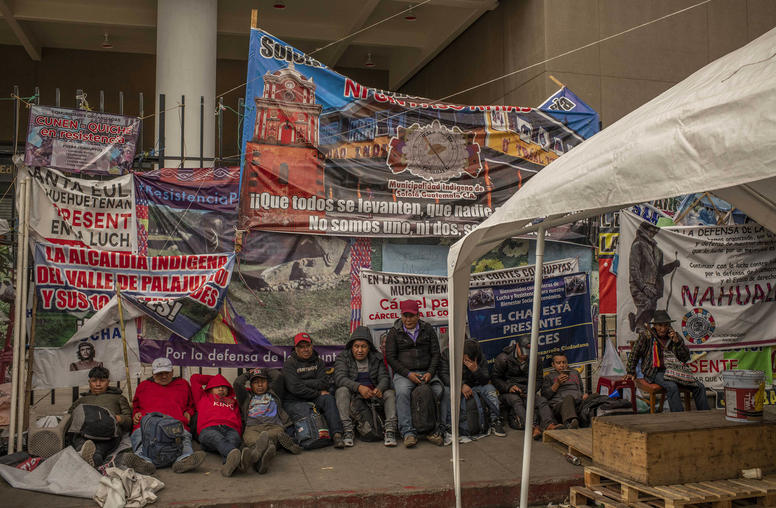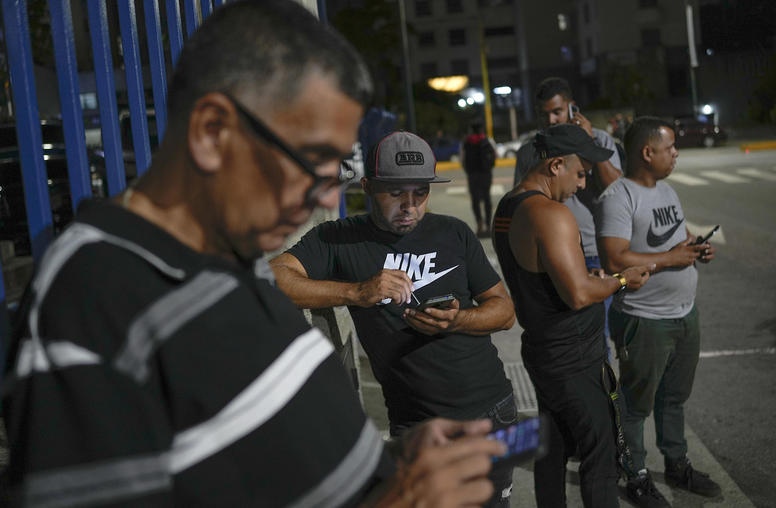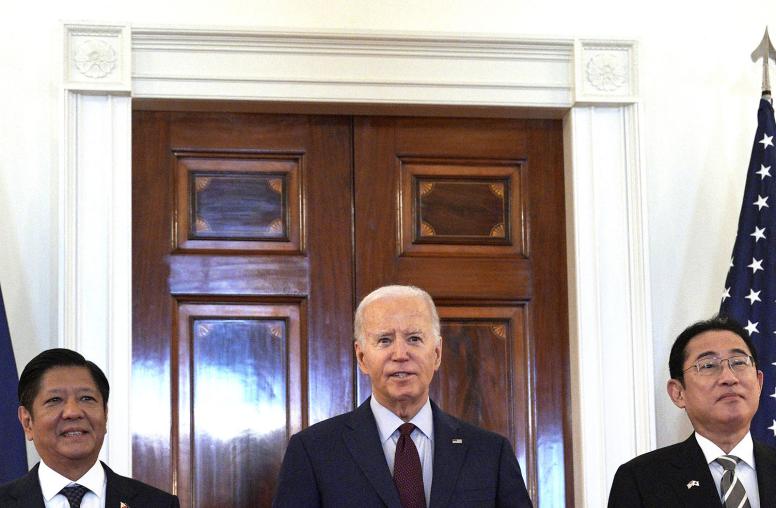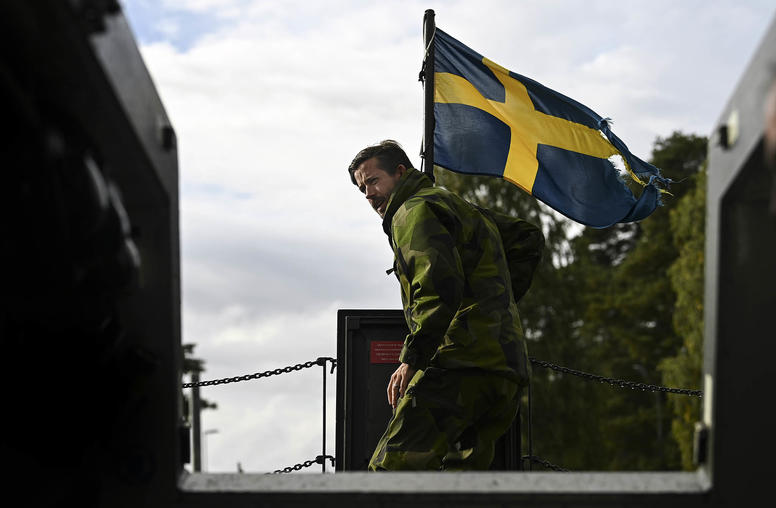Suicide Bombers in Iraq: Questions and Answers
- Tactical effectiveness in comparison to conventional terrorism.
- Ability to communicate strategic messages to target audiences.
- Potent psychological impact on targeted countries.
- Ability to enhance the legitimacy of insurgent organizations among their constituent publics; and introduced in the Iraqi insurgency.
- Destruction of an emergent democratic government, sparking a sectarian civil war.
- Kill Ratio: Suicide terrorism on average kills and injures more people with a single attack than any other form of terrorism.
- Smart Bombs: Suicide terrorists are “smart bombs” that can pinpoint their targets, walk into highly secured areas, make last-minute adjustments in their plans, and choose the time of detonation to inflict the greatest damage.
- Cost Effectiveness: Suicide bombing is an attractive option for terrorist groups seeking a cost-effective way to inflict the greatest possible damage on their opponents with the least number of cadres.
- Group Security: Suicide terrorists are less likely to be captured and force to reveal their recruiters’ modus operandi.
- Suicide terrorists often issue prerecorded statements that they are part of an ever-growing pool of “living martyrs” awaiting the opportunity to serve their cause.
- By breaching social taboos and international norms on the use of violence, they make threats of escalation appear credible.
- Groups that send suicide bombers are under internal organizational pressure to continue such attacks, so that the deaths of initial “martyrs” are not in vain.
- Suicide attacks rarely distinguish between combatants and civilians. In this respect, they are not different from other forms of terrorism. However, unlike conventional bombs, which often cannot distinguish between the old and the young, men and women, soldiers and civilians, human bombs can make these distinctions because they walk among their victims, hear their voices, and look into their faces. The intimate nature of suicide terrorism is psychologically damaging because the killers appear to be callous and exceptionally cruel.
- Suicide attacks are not new in history, but the general public views them as an unprecedented threat to its security because of their relatively recent revival. Moreover, suicide terrorism is not easily comprehensible; indeed, it appears illogical or downright “crazy” to the general public.
Jihadi Salafis and ideological Baathists lead the second insurgency. They are not merely interested in ousting the occupation but in collapsing the political system and sparking sectarian civil war. The jihadi Salafis, an extremist Sunni movement, are ideologically committed to establishing an Islamic state based on the model of the Prophet and his righteous followers (al-Salaf al-Salih); they cannot tolerate a quasi-secular government dominated by the “heretical” Shia. The foreign jihadists among the Salafis hope to create a base for regional and global jihad to compensate for the one they lost in Afghanistan after the collapse of the Taliban regime in 2001. Both Salafis and Baathists have deployed suicide bombers (Salafis much more than Baathists); the nationalist insurgents rarely deploy suicide attackers.





